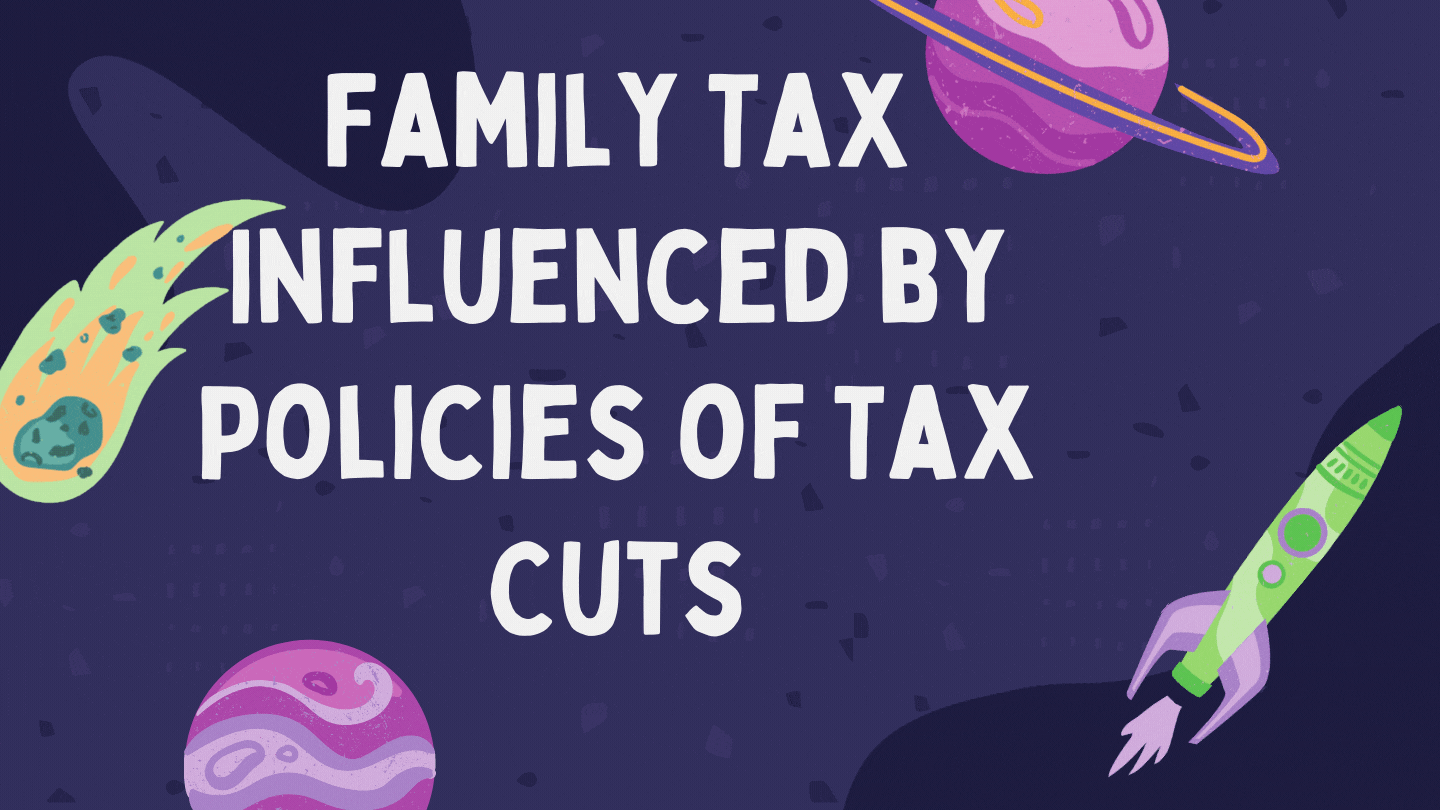
As you may know, the current Congress and President are engaged in serious discussions about extending the 2001 and 2003 tax cuts. The current proposal would extend the rate cuts until 2010, and the bill also includes a measure to extend various tax credits in 2005, including the child tax credit and the earned income tax credit.
The main thing to keep in mind about these tax cuts is that the biggest winner is the middle class: the benefits would go to individuals with annual incomes between $25,000 and $75,000. The proposal would extend these tax cuts for households with incomes under $250,000. For more information on the bill, and how the tax cuts have fared for the average American, visit the Heritage Web site at:
http://www.heritage.org/Research/TaxRates/index.cfm
Another point: House Minority Leader John Boehner (R-OH) has vowed to block the bill if it comes to the floor. This is something that we encourage you to share with your legislators. Tell them that in this era of massive deficits, you want them to hold firm and keep tax rates low. In the meantime, you can support the measure by contacting your representatives in Congress and asking them to vote in favor of the extension.
This week, the U.S. Census Bureau published the annual estimates of income and poverty in the United States. I wanted to summarize the results from those estimates, so you can see how your household fared. (If you’d like the Census Bureau to make the estimates public for a period of time after release, you can request that via the Census Bureau’s website.)
For the fourth year in a row, the Census Bureau’s income and poverty estimates show that the median (50th percentile) income in the United States is now $42,000. The real measure of the national income is median income plus the top 2 percent of earners. In 2003, that number was $72,000. This year’s estimate of median plus top 2 percent is $91,500.
But what is real poverty? The Census Bureau estimates what the poverty line would be for an individual or couple with two children, given the cost-of-living environment. In 2003, the estimate was $14,360. This year, it is $15,170. For a single-person household, the number is $10,920 in 2003 and $10,810 this year.
We believe that when we’re honest about the facts of what it costs to live in the United States and pay taxes, we can reduce unnecessary government spending. The national income is $2 trillion. Of this sum, $1 trillion is paid to the government. So government spending for individuals and couples is $1 trillion divided by $2.6 trillion, or just over 40 percent.
That’s the total amount of money that individual taxpayers earn to support families, friends, schools, neighborhood libraries, and other community infrastructure, and to pay income and sales taxes on their wages, salaries, and profits, the interest on their investments, and to pay for all government programs and services.
And yet the federal government spends 40 percent of our income.
The total cost of an individual’s government support is about 50 percent of his income. But it’s not the case that government spending is a direct cause of poverty. Rather, it’s a redistribution of income, as it were. And because of how that redistribution works, it actually encourages the accumulation of more and more income, at the expense of the poor.
To illustrate the point, consider the example of a family of four. Assume that the family has one breadwinner in the $75,000 per year, 40-hour work week. The family pays $750 in income taxes and $500 in sales taxes. At the median income of $42,000, the family can afford the cost of a $3,000 (40 percent of $75,000) car, and $2,000 (40 percent of $500) a month for groceries.
Then assume that, because of some law or government policy, the federal government decides to increase the family’s total tax bill by an additional $1,000 per month—$1,000 in higher income taxes, $750 in higher sales taxes, and $250 in higher fuel taxes.
This means that for every $75,000 the family earns in salary and wages, the government will “spend” $1,000 a month, $14,400 a year. This means that for every $1 they earn, the family will have to pay $1,000 more for the support of their family.
The family’s net income after taxes is $50,000 (less the $1,000 the government now “gives” to the family), so their effective net income is $49,000. This is $500 less per month than before. After taxes, they will have $3,500 less each month to put away in a pension or to finance their family. They will have to pay more each month to cover the increased cost of $14,400 per year.
They will still have the $2,000 per month to spend on groceries. But, since they now have $13,400 less to spend each month, their monthly spending will be $2,050. (Including the $3,500 that they will have to give up to the government, this means they will spend $5,950 per month.) This means that for each $75,000 the family earns, the government “gives” $1,000 more in income taxes and $750 more in sales taxes, but reduces the family’s monthly spending by $950.
At this point, the family can still afford to buy a $3,500 home with the $2,000 left after taxes. But as the family moves further into debt, they will have to make monthly payments that equal $3,500 every month. Since the government will “give” $5,950 per month to the family, they will have to borrow $15,500 per month. This will be the total amount that the government gives them to meet the cost of the home mortgage, utilities, insurance, food, and other monthly expenditures. To pay these monthly expenses, the family has only $3,500 of monthly income and $15,500 of monthly debts.
If you are struggling with your backed tax debts, give a call at (888)489-4889 for a free consultation.
